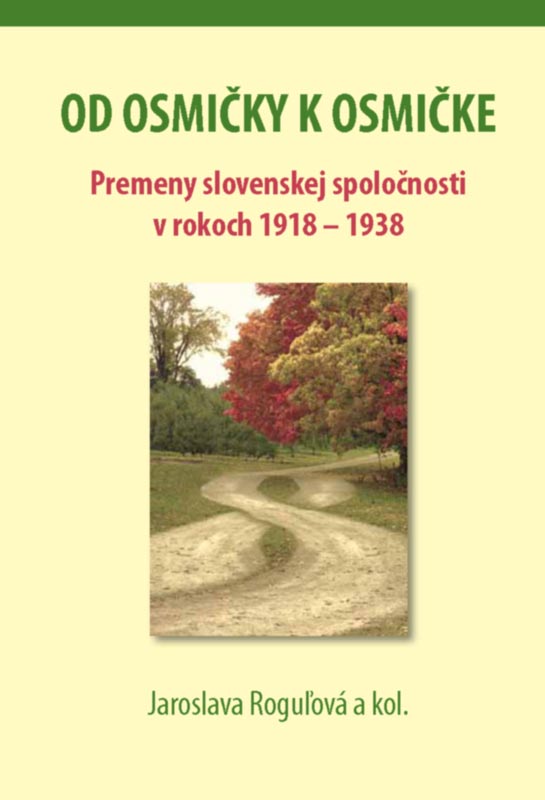Slovenské rozhlasové vysielanie v rokoch 1926 – 1938
Radio Broadcasting in Slovakia in 1926 – 1938
Author(s): Vladimír Draxler
Subject(s): Media studies, Communication studies, Recent History (1900 till today), Interwar Period (1920 - 1939)
Published by: SAV - Slovenská akadémia vied - Historický ústav SAV
Keywords: Radio Broadcasting; Slovakia;
Summary/Abstract: Radio broadcasting in Slovakia was organized by the Prague-based, state-controlled radio corporation Radiojournal. Its Bratislava branch commenced activities on August 3rd, 1926, and the Košice branch on April 17th, 1926. The Slovak and the Czech branches (Brno, Ostrava) transmitted a common programme, dominated by the productions of the Prague headquarters of Radiojournal, as well as their own programmes. The latter were created in makeshift premises at first, but by 1930 the Bratislava and Košice branches resided in buildings built according to the specifications of radio broadcasting. The Košice branch and, later, the Bratislava branch, then moved on from broadcasting news and art productions to specific radio genres – reportage, feature, radio drama. Educational broadcasts also played an important part. News programmes and political commentaries were the preserve of the Prague headquarters, and this was also to a large extent true of the symphonic music programmes. In the second half of the 1930‘s, the Bratislava staff tried to shift the focus of their music programming from light genres to a higher proportion of symphonic music. To this end, a proposal was tabled to expand the Bratislava radio orchestra, founded in 1929. This was turned down, as well as the proposal to broadcast world drama from Bratislava. Starting in 1936, when, thanks to the newly-installed transmitter in Banská Bystrica, a substantial part of Slovakia was covered by the radio signal, the radio has become a widely-used information source. The number of licensees reached 100 thousand. Both branches provided educational programmes, non-music and music programmes. They provided outlets for the work of writers, performance artists and journalists. They supported the Czechoslovak state and its leadership, and countered the irredentist propaganda of the Hungarian radio. The branches contributed to the rise of the national spirit and helped overcome the regional fragmentation of the country.
Book: Od osmičky k osmičke. Premeny slovenskej spoločnosti v rokoch 1918 - 1938
- Page Range: 137-152
- Page Count: 16
- Publication Year: 2009
- Language: Slovak
- Content File-PDF

